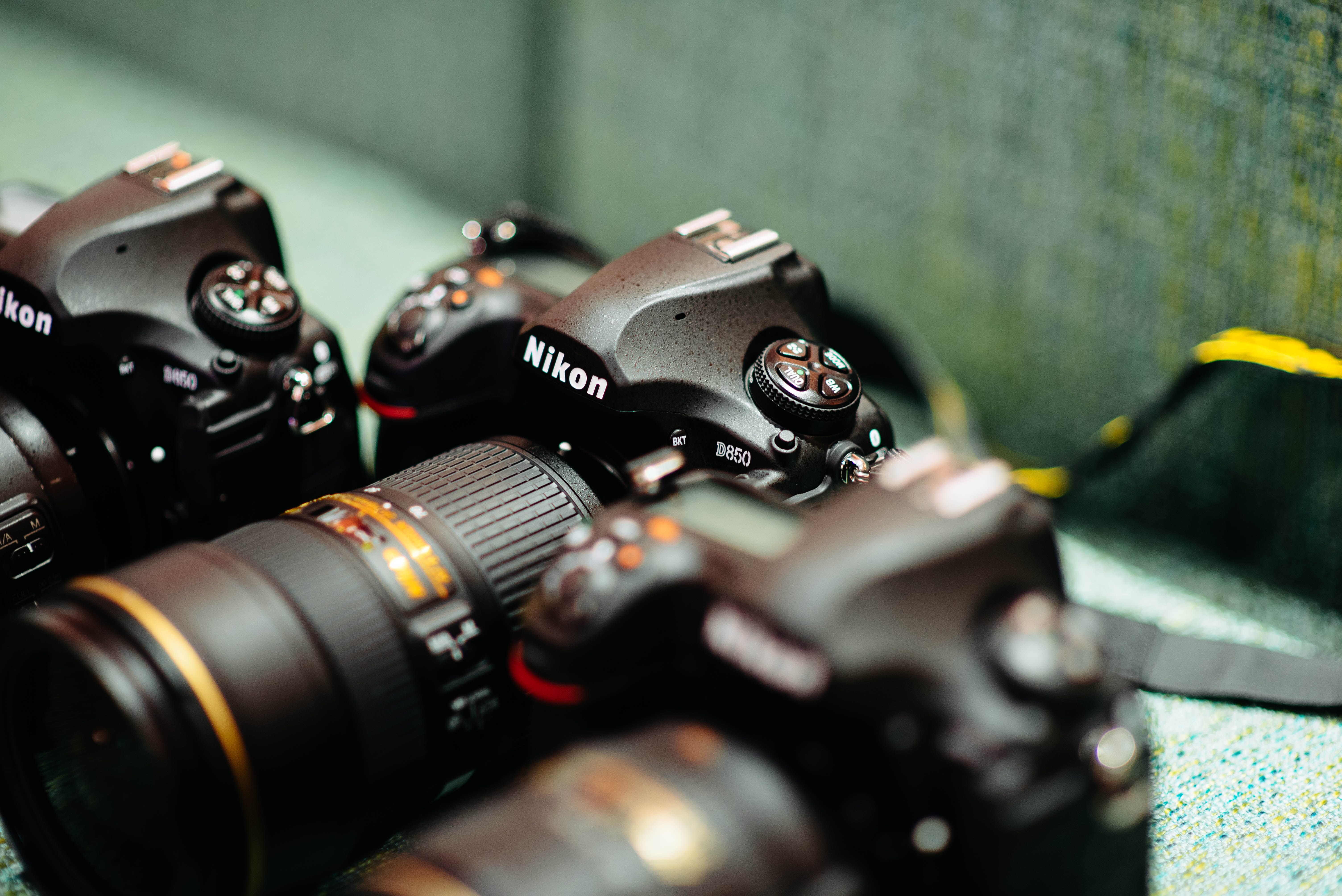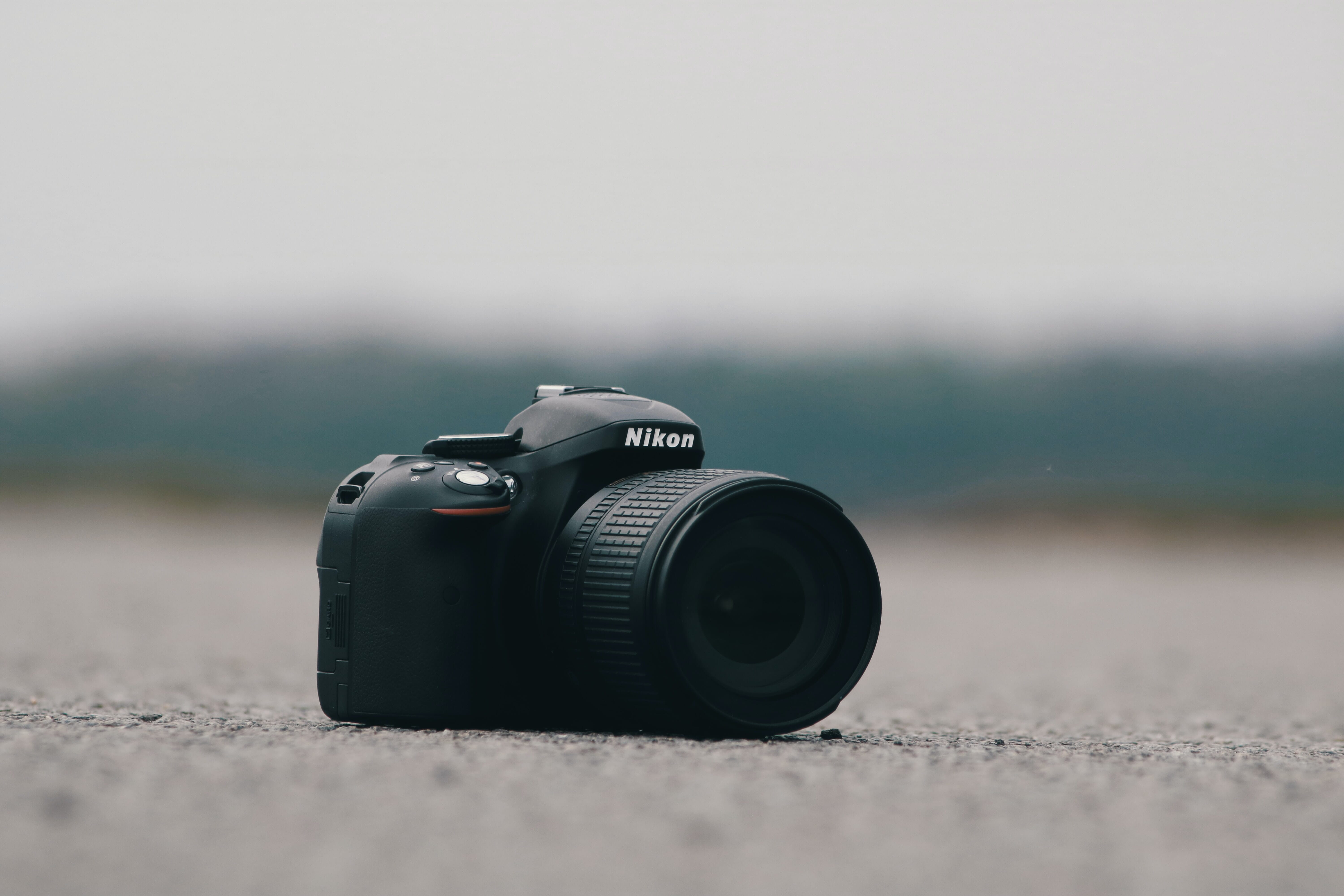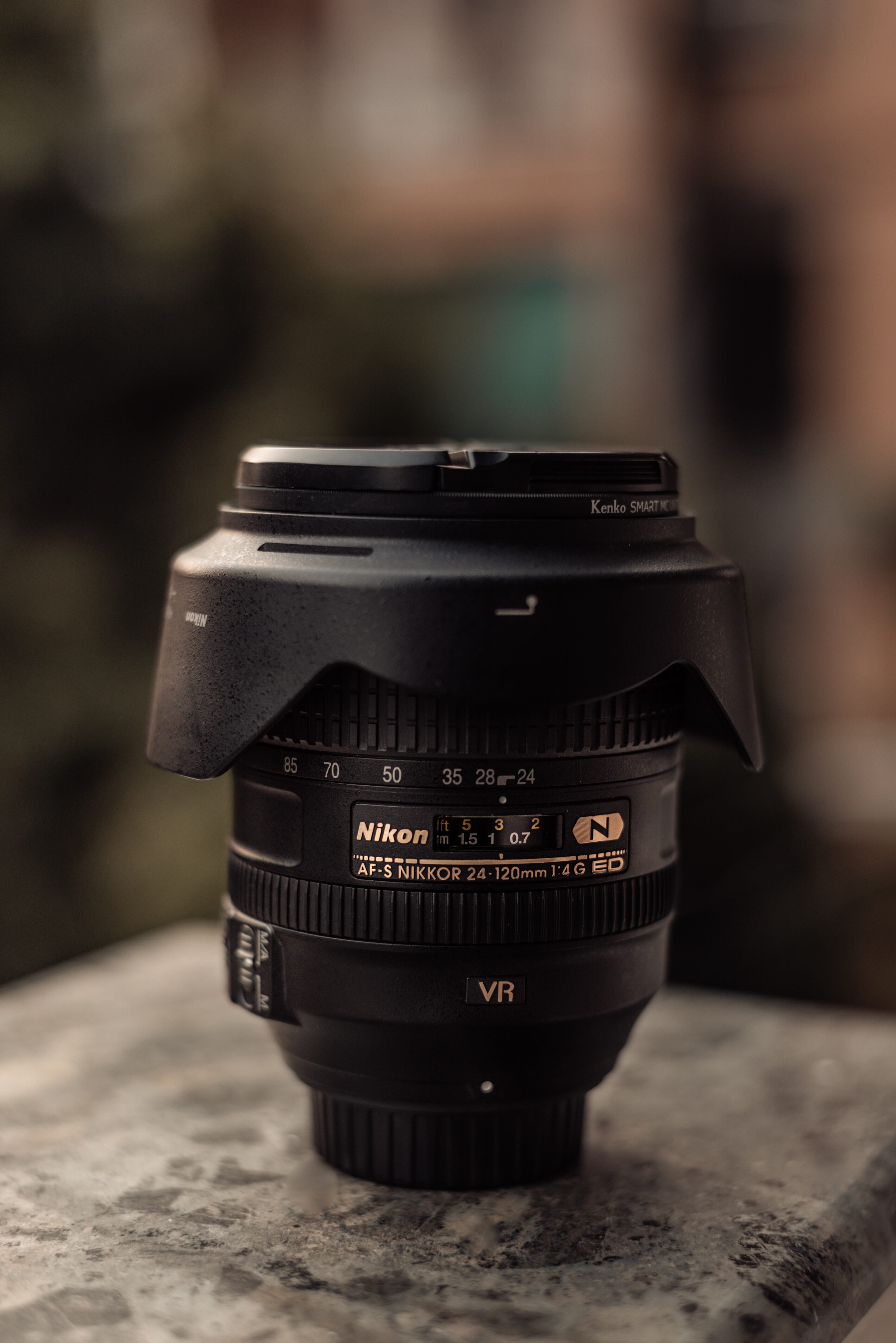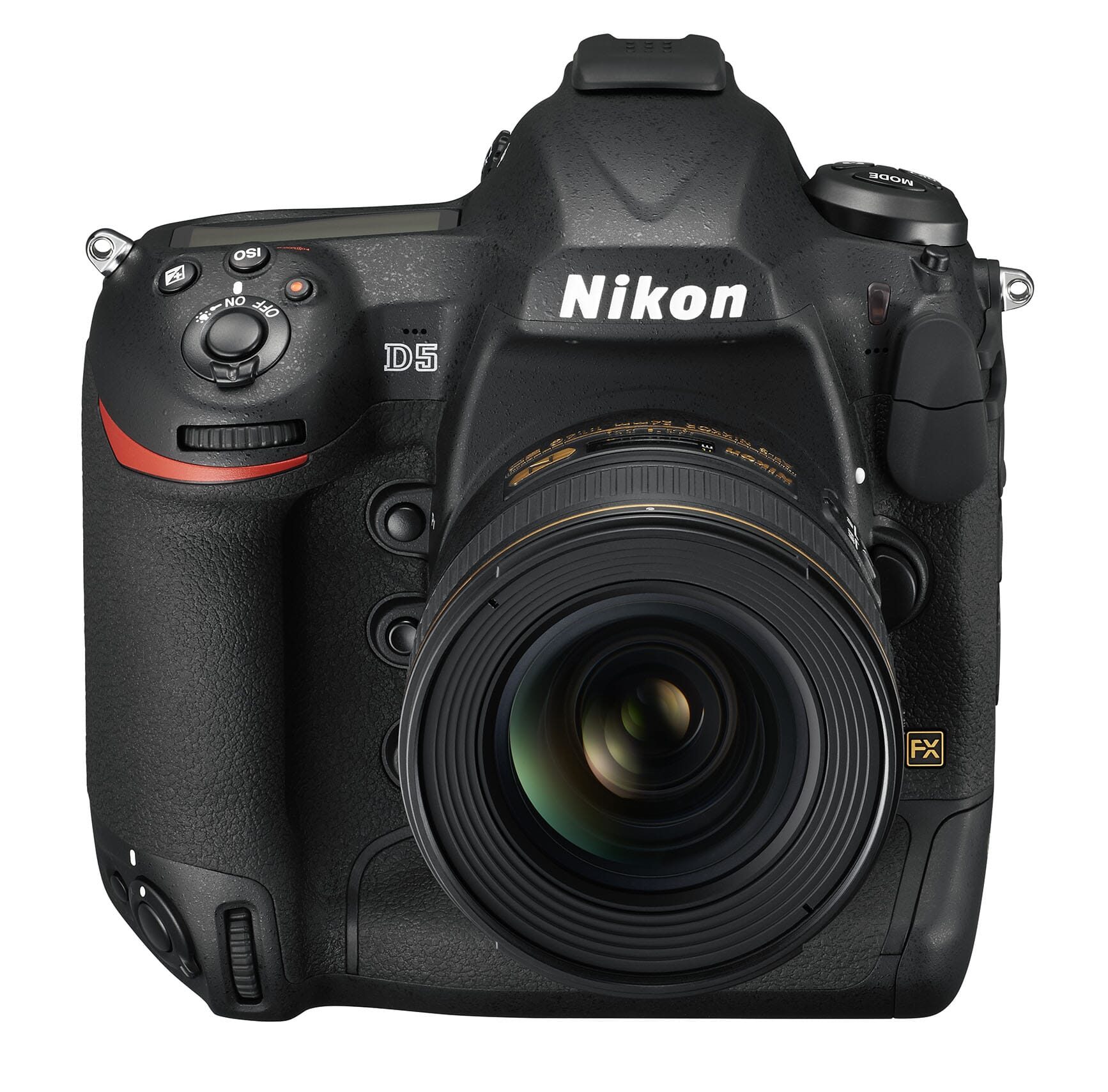Editor’s Key Takeaways: Choosing the Perfect Nikon Camera with Autofocus

Selecting your first or next camera is challenging, especially if you’ve decided on a Nikon with an autofocus motor. This post details everything about Nikon cameras with built-in autofocus motors, from understanding Nikon’s autofocus system to identifying the right lenses for optimal performance.
- Nikon Camera with Autofocus Motor: Not all Nikon camera bodies have a built-in AF motor. Those without it rely on the lens for autofocusing.
- The Nikon Autofocus System Explained: Nikon primarily uses the Phase Detection AF system in DSLRs, while Contrast Detection AF is used in live-view mode and budget cameras.
- Which Nikon Cameras Have an Autofocus Motor in the Body? Discusses specific models equipped with an in-body AF motor.
- Everything You Need to Know About Lenses: Recommendations for lenses to maximize the capabilities of Nikon cameras with in-body AF motors.
In conclusion, understanding the distinction between Nikon models with and without in-body autofocus motors and knowing which lenses to pair with them can significantly enhance your photography experience.
When you buy through links on our site, we may earn a commission at no cost to you. We evaluate products independently. Commissions do not affect our evaluations. As an Amazon Associate, we earn from qualifying purchases.
Introduction
Selecting your first camera or your next upgrade is no easy task. Perhaps you’re at a point where you’ve whittled down your must-have specifications, and you’ve chosen to go for a Nikon camera.
If your criteria include an autofocus motor in-camera, look no further. In this article, we share everything you need to know about Nikon cameras with an autofocus motor.
We’ve covered everything from how the Nikon autofocus system works to the lenses you might want to select to get the most out of your camera with autofocusing capabilities.

Nikon Camera with Autofocus Motor:
Not All Nikon Cameras Bodies Have a Built-in AF Motor
Not all Nikon cameras come with a built-in autofocusing mechanism that can move the focusing elements inside the lens. Meaning, while the body has a phase detection autofocusing mechanism that pinpoints the light rays coming from the lens onto the sensor, it does not have the internal focusing motor and driving elements that can move the lens’s focusing elements. This is important to know before we move to the next part of the discussion.

The Nikon Autofocus System Explained
Types of Autofocusing Systems
Autofocusing can be broadly separated into two different types – Phase Detection and Contrast Detection. Nikon’s main autofocusing system is a refinement of the Phase Detection Autofocusing system that powers modern-day DSLRs.
That said, it also uses a Contrast Detection AF system. Contrast detection is, by far, the most commonly used system. It is also the preferred AF system used in hundreds of budget point-and-shoot and bridge cameras.
However, it is worth noting that the Contrast Detection system is only used when you are shooting in live-view mode.
Phase Detection is the most popular and more widely used autofocusing system in the world these days.
How Does the Phase Detection Autofocusing System Work?
This is how Phase Detection autofocusing works for Nikon. As a matter of fact, this system is the same across all reflex mirror-powered autofocusing cameras.
The light coming into the camera from the lens strikes the reflex mirror that hangs in front of the sensor. The job of this mirror is to reflect the light towards a pentaprism or a pentamirror that is positioned at the top of the camera.
Much of the light is reflected up towards this pentaprism/pentamirror, and that enables us to get a clear view of what’s being captured by the lens through the optical viewfinder at the back of the camera.
However, a small portion of the light is also redirected towards a series of sensors located at the bottom of the camera. This is done via a secondary mirror located below the primary reflex mirror.
A portion of the main mirror is semi-transparent, and this is where light filters through to the secondary mirror and then onto the phase detection sensors.
The AF sensor mechanism has its own IR-cut filter plus a secondary image formation lens with a fixed diaphragm.
The autofocusing sensors determine whether the image is perfectly focused. If it is not, then tiny microprocessors inside the camera moves the lens’ focusing elements until focus is accurate.
Related Posts
Which Nikon Cameras Have an Autofocus Motor in the Body?
Some of Nikon’s DSLR systems come with a built-in autofocusing motor. As has been mentioned already, these DSLR bodies autofocus without having to depend on the lens and the built-in autofocusing motor on these lenses.
It is pertinent to mention here that Nikon’s AF-P and AF-S lenses are the ones that come with a built-in autofocusing motor on them. These lenses are sometimes also referred to as ‘G-type lenses’.
These lenses have microprocessors inside them that interact with the focusing elements inside the camera body, via the lens couplings, and make micro-adjustments to fine-tune focus.
This is the same way that has been explained in the first part of this discussion. Except that in that explanation we had mentioned how the autofocusing system inside the camera works and how the microprocessors help move the focusing elements inside the lens.
There are some cameras like the D5600 and the D3500, mainly entry-level APS-C systems, which don’t have a built-in autofocusing motor inside them. These cameras depend on the built-in AF motor and focusing system inside the lens to lock focus.

Everything You Need to Know About Lenses
AF-S, AF-P, and AF – Which is Which?
Nikon’s existing series of lenses can be broadly categorized into the following:
- AF-S
- AF-P
- AF
Both the AF-P and the AF-S lenses come with a built-in autofocusing motor. AF-P lenses use modern stepping motor technology. These lenses are slower when acquiring focus, but are much more reliable in terms of focusing accuracy. These lenses are primarily used for DSLR video shooting, but they can also be used for stills.

The older AF-S lenses also have a built-in autofocusing motor. However, the motor is a bit jerky. Focusing performance is not as smooth as with AF-P lenses. These lenses are ideal for shooting stills.
The AF series lenses don’t come with an autofocusing motor inside them. However, they will autofocus on some DSLR bodies. They are dependent on the autofocusing motor inside the camera to focus.

These lenses are sometimes also referred to as D–type lenses. Examples include: 35mm f/2D, 28mm f/2.8D, and the 50mm f/1.8D.
Legacy Lenses – AIS, AI-P, and AF-I
Then there are the manual focusing lenses. These are basically the legacy AIS, AI-P and the AF-I lenses. Many of these lenses are now discontinued by Nikon. They were once very popular with film camera shooters.
Many of these lenses can still be obtained in good condition from the second-hand market at throwaway prices. They work with a few of the modern full-frame bodies but only as manual focusing lenses.
Some of these lenses, like the AI ones still allow metering through them. But only when paired with high-end full frame Nikon bodies.
Budget cameras will not be able to meter through these lenses. That means if you plan on using a legacy AI lens you will have to meter manually. In addition to that you will also have to focus manually with a mid-range DSLR. If you are bent on using these lenses with your budget DSLR you will need a hand-held light meter.
So Which Lenses Can You Use and With Which Camera?

These are the currently sold Nikon full frame DSLR cameras that come with a built-in autofocusing motor:
Further, these are the crop sensor cameras (DX) that also come with a built-in autofocusing motor:
Nikon recently discontinued a number of cameras that also had built-in AF motors. So, if you have anything from the D7xxx series, the D90, or the D300 these cameras also come with a built-in AF motor.
Any G lens, as well as D-type lenses, will autofocus without issues with all of the above cameras.
On the other hand, DSLRs like the ones in the D5xxx series and the D3xxx series are the ones that don’t come with a built-in AF motor. The likes of the D60 (discontinued), D40X (discontinued), and the D40 (discontinued) also don’t have a built-in autofocusing motor inside them.
If you have any of the above cameras, they will not be able to autofocus using the older D-type lenses. You can use them as manual focusing lenses though.
These cameras will only autofocus with G-type lenses. These include the AF-S and AF-P lenses.
Closing Thoughts
At this point, you should have a good idea of how autofocus motors in-camera work, how they might benefit you, and what to look for when picking your next (or first) camera.
When it comes to lenses, a camera with a built-in autofocus motor will be able to focus with any modern lens, those without will require lenses that have their own autofocus motor.
FAQs
What is the easiest way to identify whether your Nikon model has a built-in autofocusing motor inside of it?
Unmount the lens from your camera. Can you see a small spindle-like feature on the lens mount? That would be right on the metallic bayonet ring. If your camera has that it means it has a built-in AF motor. If it does not, then your camera does not have a built-in AF motor.
What are the D- and G-Type lenses?
D lenses will only autofocus with camera bodies that have a built-in focusing motor. They also have a built-in aperture ring on them. Nikon’s G lenses have a built-in autofocusing motor inside them. These lenses can autofocus with all camera bodies.
Disclosure/Disclaimer: As an Amazon Associate, we earn from qualifying purchases. Certain content was provided "as is" from Amazon and is subject to change or removal at any time. Product prices and availability: Amazon prices are updated daily or are accurate as of the date/time indicated and are subject to change. Any price and availability information displayed on Amazon.com at the time of purchase will apply to the purchase of this product.
